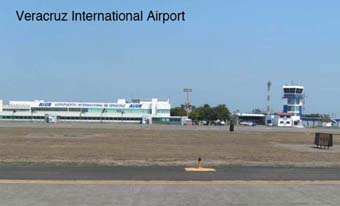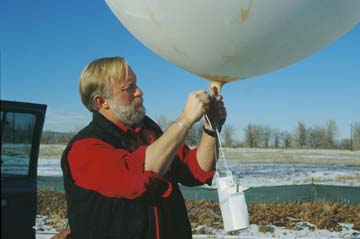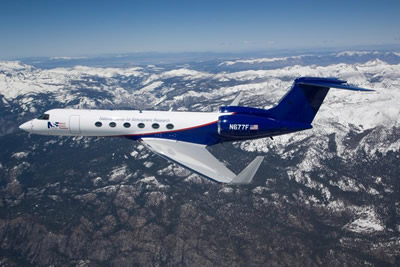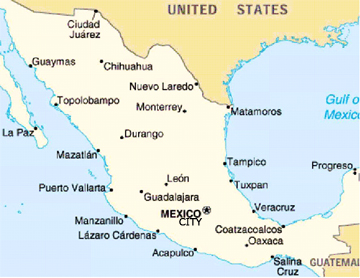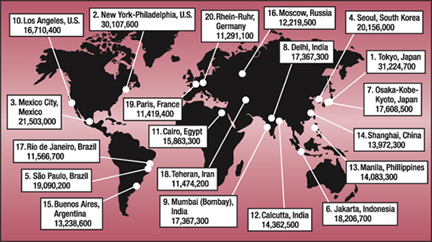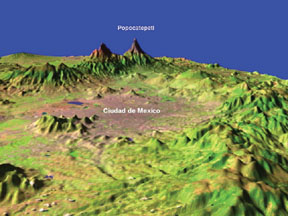Click on image for full size
Courtesy of UCAR
Related links:
Aircraft Used in the MILAGRO Campaign
The MILAGRO scientists will use six different airplanes to study air pollution around Mexico City. Each plane will have different instruments onboard that will help scientists measure air pollution. They'll fly out of the city of Veracruz, a 45-minute flight east of Mexico City on the Gulf coast. This allows them to keep from getting tangled in Mexico City's heavy commercial air traffic. (To avoid conflicts, they'll also be coordinating their flight paths with an air traffic controller on the ground.) In addition, by taking off at sea level rather than in the higher, thinner air near Mexico City (elevation 7,400 feet/2,255 meters), the planes will be able to carry more weight and fuel and thereby remain in the air longer.One challenge for the researchers during the flights could be locating the plume of pollution that blows out of Mexico City. The plume usually spreads northeast due to prevailing winds from the southwest; however, it can blow south during Nortes, winds that come from the north.
The six MILAGRO aircraft include:
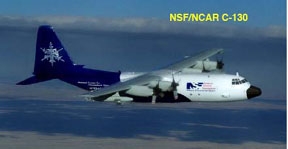
the NSF/NCAR C-130, which will sample Mexico City's pollution plume, and the air directly above the city, with a wide range of instruments.
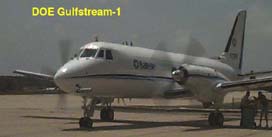
the DOE Gulfstream 1, which will focus on sampling aerosols in the atmosphere above and downwind of Mexico City.
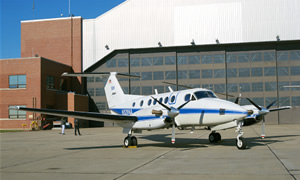
the DOE/NASA King Air, which will use laser-based radar to make aerosol profile measurements.
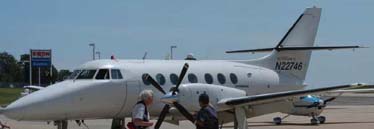
the NASA J-31 and
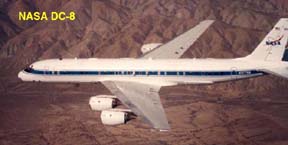
NASA DC-8, which will focus on taking gas, aerosol, and radiation measurements in the city's pollution outflow.
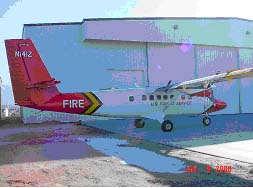
The US Forest Service Twin Otter, led by scientists from the University of Montana who will focus on sampling smoke plumes from agricultural and forest fires that are common in Central America during late winter.
Ground-based instruments will also be used during the MILAGRO campaign.


